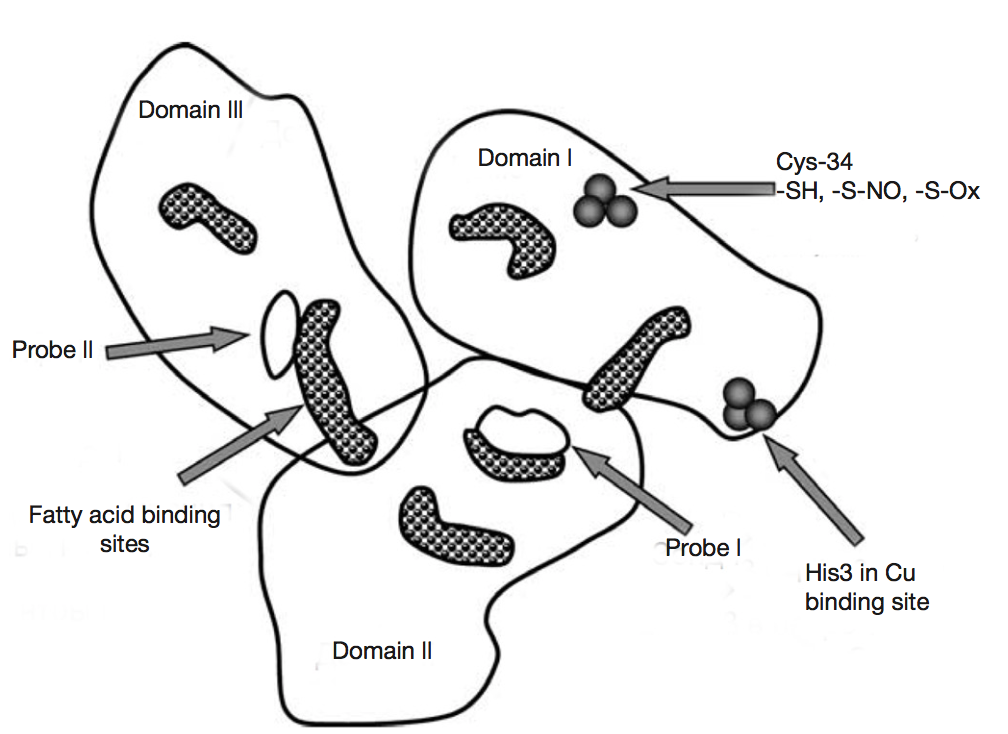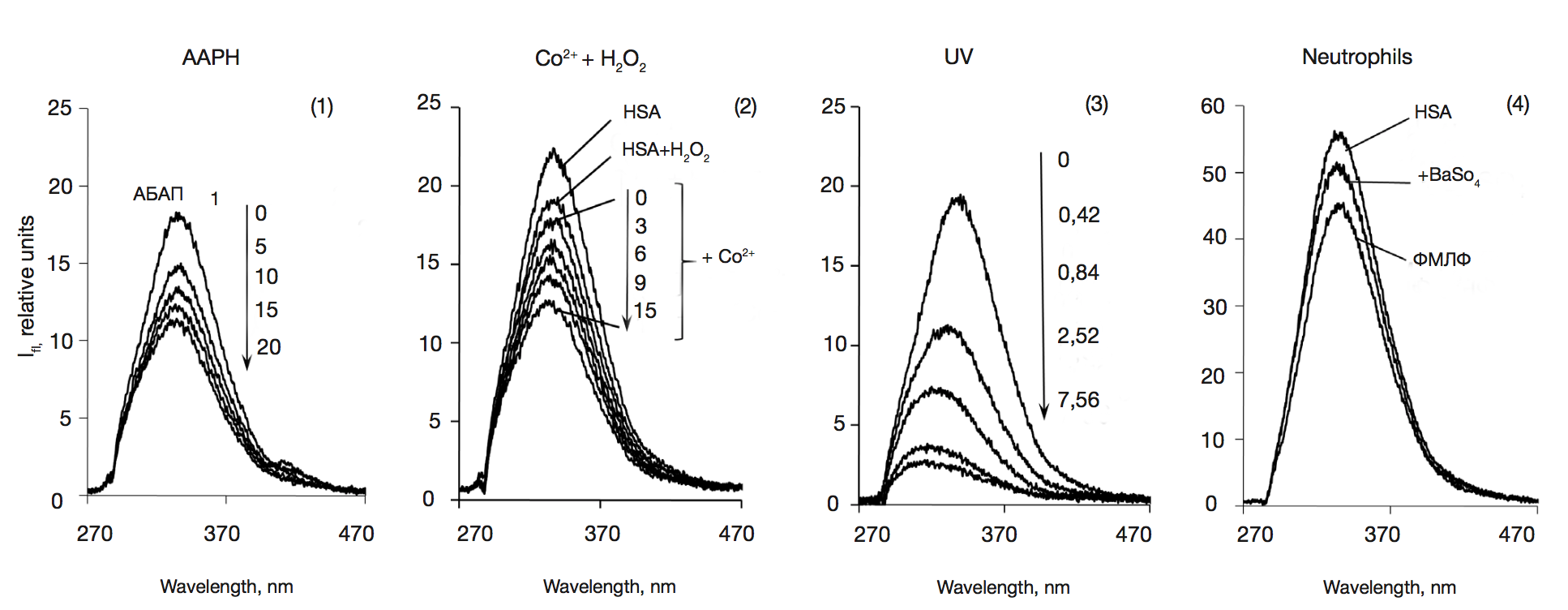
ISSN Print 2500–1094
ISSN Online 2542–1204
BIOMEDICAL JOURNAL OF PIROGOV UNIVERSITY (MOSCOW, RUSSIA)

Department of Medical Biophysics, Faculty of Fundamental Medicine,Lomonosov Moscow State University, Moscow, Russia
Correspondence should be addressed: Madina Sozarukova
Lomonosovsky prospekt, d. 31, corp. 5, Moscow, Russia, 117192; moc.liamg@usmavokurazos
Funding: this study was supported by the Russian Science Foundation (project no. 14-15-00375).


